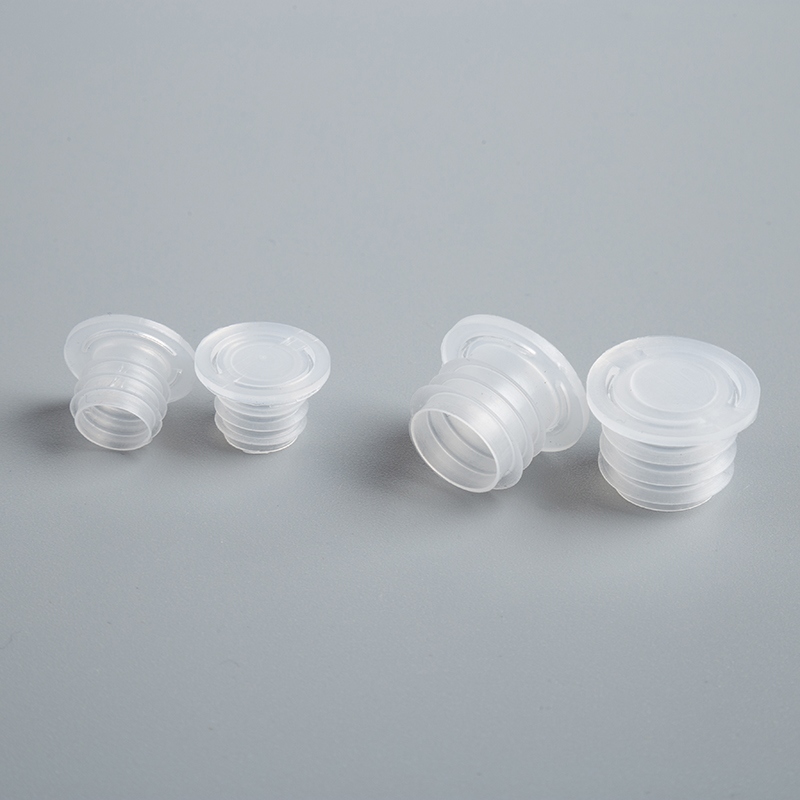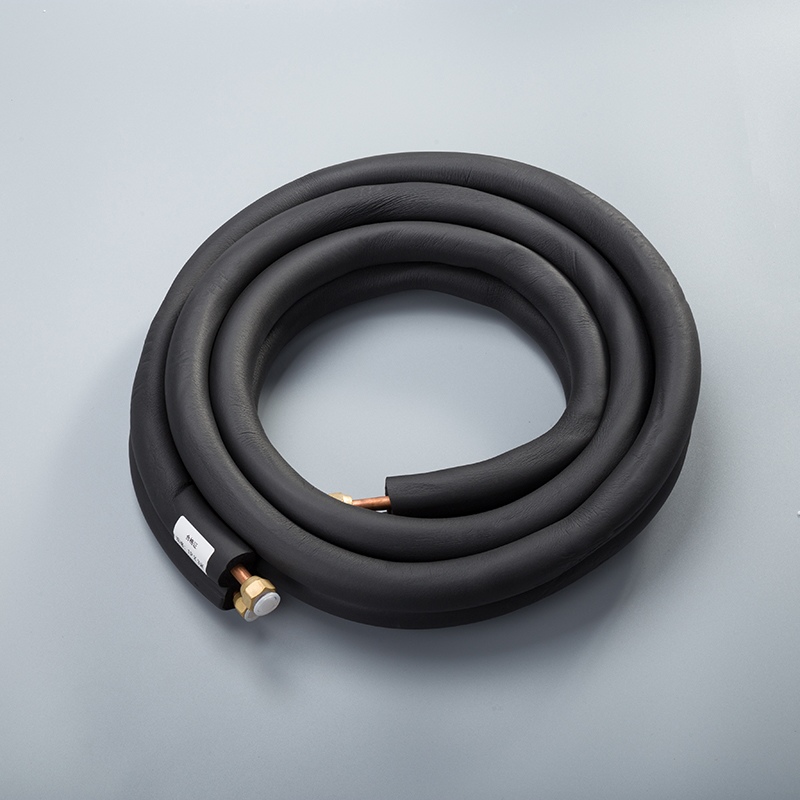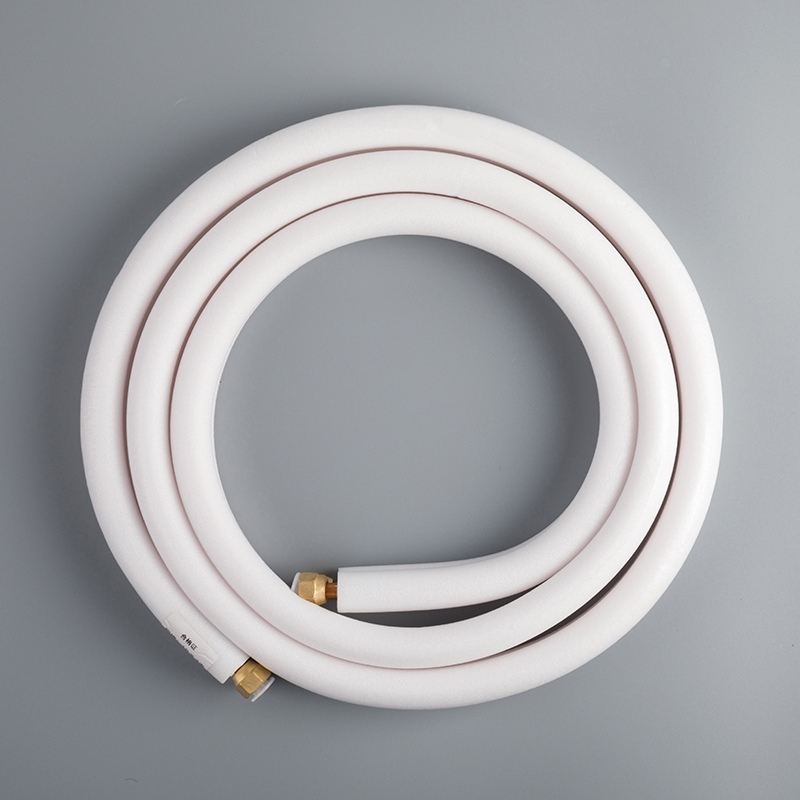Understanding Copper Pipe Sizes and Measurements

Understanding 1/2 inch copper pipe sizes is crucial for anyone involved in plumbing projects. This blog aims to demystify the complexities surrounding copper pipe diameter chart measurements, providing readers with a comprehensive guide. Delving into the historical significance of 3/4 inch copper pipe in plumbing, this blog sheds light on their enduring relevance despite the emergence of alternative materials. By exploring the evolution of 1 2 copper pipe od and their pivotal role in various applications, readers will gain a deeper appreciation for these essential components.
Basics of Copper Pipe Sizes

When it comes to copper pipes, understanding the various types and sizes is essential for any plumbing project. Let's delve into the specifics to gain a comprehensive understanding.
Types of Copper Pipes
Type K
Known for its durability and strength, Type K copper pipes are often used in demanding applications where high pressure is a factor. They are commonly found in underground water services and distribution lines due to their robust nature.
Type L
Type L copper pipes strike a balance between strength and affordability, making them a popular choice for residential plumbing systems. Their versatility allows for use in both hot and cold water distribution within buildings.
Type M
With a thinner wall than Type K and Type L, Type M copper pipes are more affordable but slightly less durable. They are commonly used in residential construction where the system operates at low to moderate pressures.
DWV (Drain, Waste, Vent)
DWV copper pipes play a crucial role in draining waste from various plumbing fixtures efficiently. These pipes ensure proper sanitation by facilitating the removal of wastewater from buildings without any blockages or leaks.
Nominal vs. Actual Pipe Size
Explanation of Nominal Size
The nominal size of a copper pipe refers to the designated size based on traditional measurements rather than actual dimensions. Understanding nominal sizes helps in selecting compatible fittings for specific applications accurately.
Explanation of Actual Size
In contrast, the actual size of a copper pipe represents its true physical dimensions, including the outer diameter (O.D.) and inner diameter (I.D.). Knowing the actual size is crucial for ensuring precise installations that meet plumbing requirements effectively.
Common Applications
Residential Plumbing
In residential settings, copper pipes are widely used for supplying clean water due to their corrosion resistance and long-term reliability. Their ease of installation makes them ideal for homes where durability is paramount.
Commercial Plumbing
The robust nature of copper piping makes it suitable for commercial applications such as office buildings and hotels. Its ability to withstand high pressure and temperature variations ensures consistent water supply throughout commercial properties.
Industrial Uses
Industries rely on copper tubes for various processes requiring efficient heat transfer or fluid conveyance. From manufacturing plants to chemical facilities, copper pipes play a vital role in maintaining operational efficiency across diverse industrial sectors.
Measuring Copper Pipes

Tools for Measuring
Pipe Calipers: Utilizing digital calipers can provide precise measurements crucial for working with copper pipes. These tools offer resolutions as fine as 0.0005 inches, ensuring accurate dimensions for optimal fittings and alignments.
Tape Measure: A standard tool in any toolbox, a tape measure offers a simple yet effective way to measure the length of copper pipes accurately. It is essential for determining the overall size of the pipe before installation.
Pipe Sizing Charts: Reference charts are valuable resources that provide detailed information on various copper pipe sizes and dimensions. These charts help users identify the correct measurements needed for specific plumbing projects.
Steps to Measure Pipe Diameter
Measuring the Outside Diameter (OD): Start by measuring the outer diameter of the copper pipe using a digital caliper or a tape measure. This measurement is crucial for selecting compatible fittings and ensuring a secure connection.
Measuring the Inside Diameter (ID): To determine the inner diameter of the copper pipe, use a digital caliper to measure across the inside edges of the pipe walls accurately. Knowing the ID is essential for assessing water flow capacity and fitting selections.
Importance of Accurate Measurements
Ensuring Proper Fit: Accurate measurements are paramount in plumbing projects to guarantee that fittings and connectors align correctly with copper pipes. Precise measurements prevent leaks, blockages, and potential system failures.
Avoiding Leaks and Failures: Meticulous measurements play a vital role in preventing leaks and failures within plumbing systems. By accurately measuring copper pipes, individuals can ensure long-term durability and functionality in their installations.
Standards and Codes
American Standards
The ASTM (American Society for Testing and Materials) sets rigorous guidelines for the quality and performance of copper pipes. These standards ensure that copper tubing meets specific criteria for strength, durability, and corrosion resistance. By adhering to ASTM specifications, manufacturers guarantee that their products are suitable for a wide range of plumbing applications.
The ASME (American Society of Mechanical Engineers) plays a vital role in establishing codes and regulations for the design and installation of copper piping systems. These standards focus on safety, efficiency, and environmental considerations to promote sustainable practices within the plumbing industry. Compliance with ASME guidelines is essential to ensure the reliability and longevity of copper pipe installations.
International Standards
ISO (International Organization for Standardization) harmonizes global practices related to copper pipe dimensions and materials. These standards facilitate international trade by ensuring consistency in product specifications across different regions. Manufacturers worldwide rely on ISO guidelines to produce copper tubing that meets universal quality benchmarks.
Within Europe, EN (European Norms) provide standardized requirements for copper pipe sizes and tolerances. These norms establish common technical specifications that promote interoperability among plumbing systems in European countries. By following EN standards, European manufacturers ensure product compatibility and compliance with regional regulations.
Compliance and Certification
Maintaining compliance with established standards is paramount in the plumbing industry to uphold quality and safety standards. Adhering to regulatory requirements ensures that copper pipes meet specified performance criteria, reducing the risk of failures or malfunctions in plumbing systems. Compliance also fosters consumer confidence in the reliability of copper tubing products.
The certification processes validate the adherence of copper pipe manufacturers to industry standards through rigorous testing and evaluation procedures. Certifying bodies assess product quality, material composition, and manufacturing processes to grant official approval based on compliance with established criteria. Obtaining certifications demonstrates a commitment to excellence and reinforces trust in the integrity of copper pipe products.
Recapping the fundamental aspects of copper pipe sizes and measurements is essential for successful plumbing projects. Understanding the nuances between nominal and actual dimensions ensures precise installations, preventing potential leaks and system failures. Readers are encouraged to apply this newfound knowledge in real-world scenarios, guaranteeing efficient and reliable plumbing systems. Your feedback and questions are welcomed as we strive to empower you with the expertise needed for seamless plumbing endeavors.
See Also
Unraveling the Mystery of Copper Pipe Dimensions: An In-Depth Manual
The Indispensable Handbook: Measuring Copper Pipe Diameter Made Simple
The Top 5 Crucial Copper Pipe Dimensions Every Plumber Must Learn
Simple Tutorial: Mastering Copper Pipe Measurement Like an Expert
Straightforward Process: Measuring Copper Pipe for DIY Triumph


